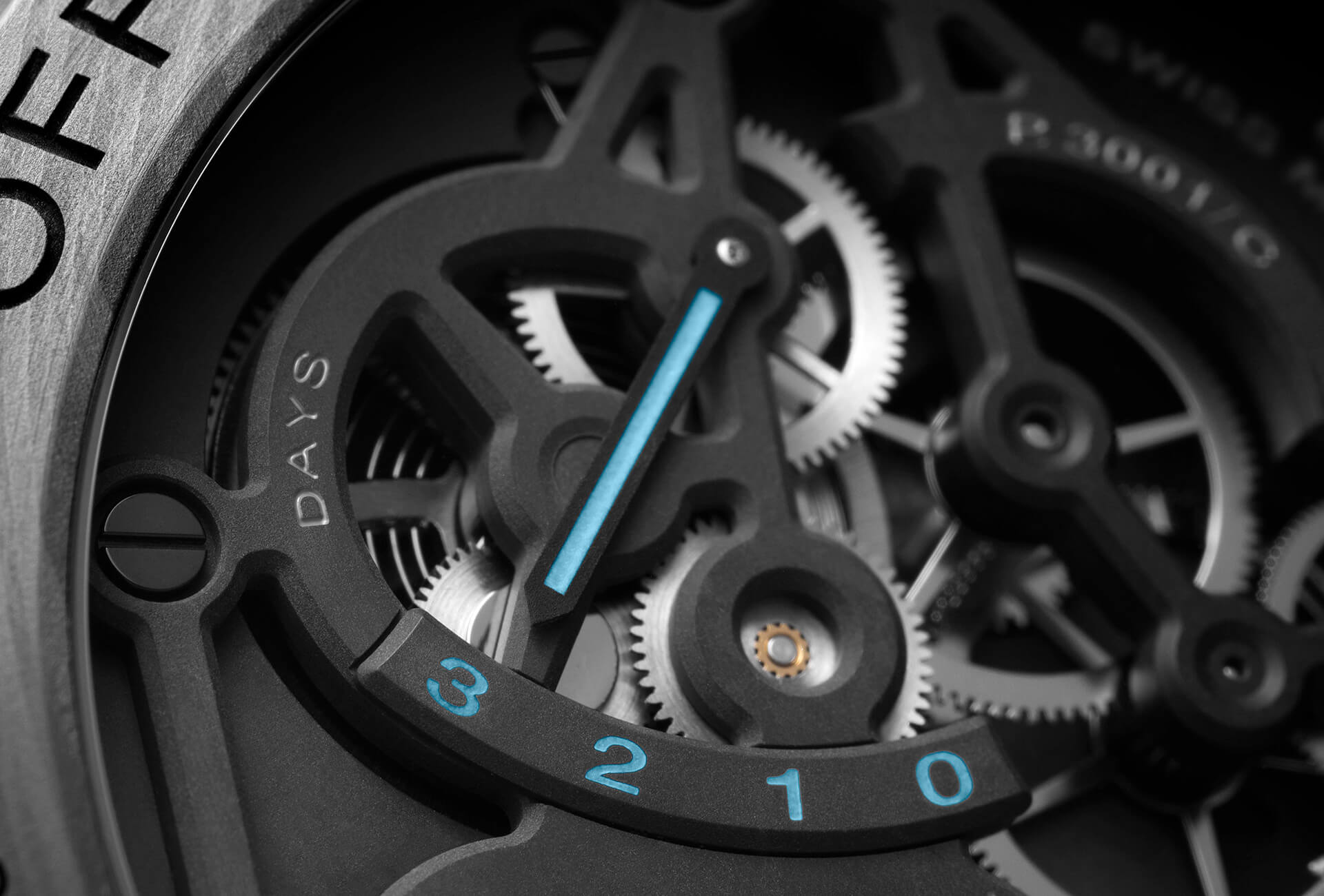Two decades ago, how many people had even heard of Panerai? In horological years it’s barely the blink of an eye, and yet in the space of these two decades the Florentine firm has become one of the most desirable global names in sport watches, as confirmed by Morgan Stanley’s recent survey of the Swiss watch market which estimates its turnover at CHF 450 million for 75,000 units sold. If the number of fake Panerais selling on certain market stalls around Asia is anything to go by, its popularity is up there with that of Rolex. Panerai has the wrist appeal of big, bold, all but indestructible designs that almost overshadow those sport-watch credentials. Credit for the brand’s success goes to the Richemont powerhouse and to one man, Angelo Bonati. He spent the past twenty years steadfastly engineering the rise of a brand that is the perfect synthesis of Swiss watchmaking prowess and creative Italian design, and for this Milan-born Mr Bonati, who recently handed over the reins, can wear his laurels with pride.
While success was never a foregone conclusion, there was plenty to build on nonetheless – starting with the history of Officine Panerai, founded in 1860 at Piazza San Giovanni in Florence and famed as a supplier of precision instruments to the Italian navy. These included watches worn by the force’s combat divers: the now legendary Radiomir, introduced in the 1940s, and the Luminor a decade later. Neither, however, were in the public eye, despite having plenty of character and a potential first hinted at by Sylvester Stallone on the set of Daylight. Enter Richemont and Angelo Bonati, fresh from Cartier. The decision was made to produce 1,000 watches and test them on the Italian market at 30 selected points of sale. Angelo Bonati recalls how “colleagues couldn’t believe I’d actually agreed to go out and sell these wristwatches.” The market proved him right. All 1,000 were gone within the week. The following year, Panerai was exhibiting at Salon International de la Haute Horlogerie in Geneva. Nothing spectacular: not even a booth, just a room loaned by Cartier, but word of the brand and its intrepid beginnings had got around, and retailers and journalists were queuing up to find out more.
Movement matters
From these small beginnings came great things. Angelo Bonati was intent that the brand remain true (some would say obsessively so) to the original two designs, and that they would be paired with top-notch movements and complications whose useful function wouldn’t be out of synch with the brand’s tool-watch vocation. This led quite naturally to the opening, in 2002, of a manufacturing site in Neuchâtel and the first in-house movement, the manual-wind P.2002 with a ten-day power reserve. Many more would follow, together with a second production site that opened for business in 2014. Panerai currently covers 80% of its needs with an impressive 25 proprietary movements. The brand is equally exacting about the materials it uses. These range from ceramic to bronze (Panerai helped kickstart the bronze trend), as well as the more recent Carbotech, a carbon-fibre composite, and BMG-Tech, a revolutionary metallic glass. Then there’s the 3D-printed titanium case of the latest Lo Scienziato.
Angelo Bonati fashioned Panerai as a brand that was proud of its past but didn’t intend living there, hence his insistence that its two flag-bearers, Radiomir and Luminor, be channels for innovation. But at a time when diameters have been dramatically reduced, designs have become more discreet and exotic materials are taking a backseat, for the time being at least, are Panerai’s super-size styles out of step with the market? Not so sure, considering growing expectations for hard-working, hard-wearing watches. Nor should we dismiss the brand as a male bastion. Angelo Bonati goes out on a high with the Luminor Due, the perfect fit between a ladies’ watch and entry-level – all in the spirit that continues to stand Panerai in good stead with a touch of vintage thrown in for good measure. Almost enough to make you forget those combat divers…

















